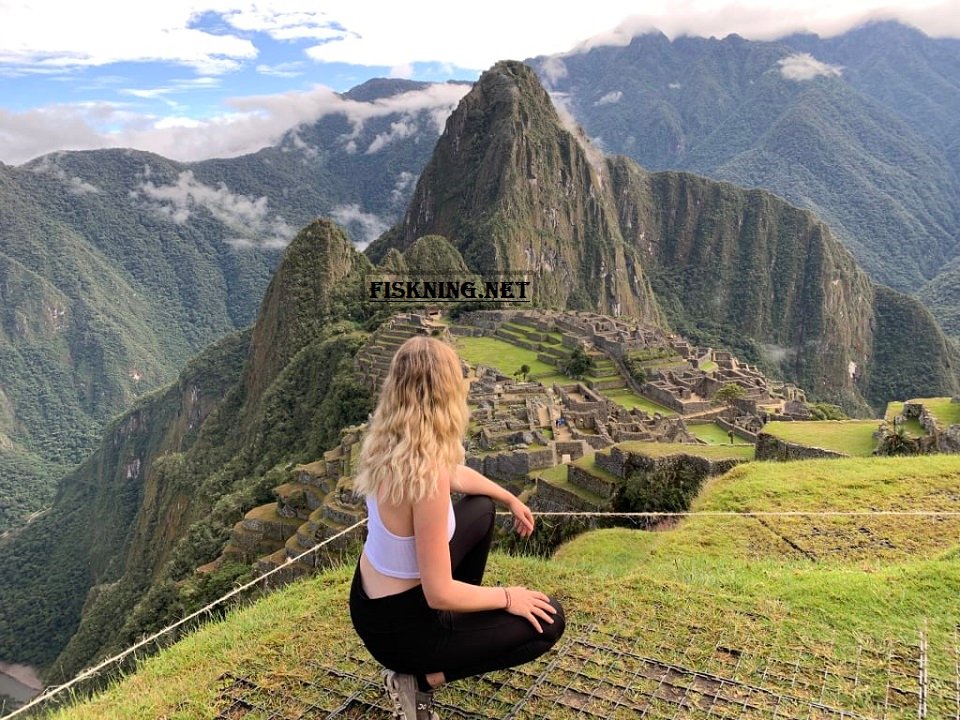In the vast tapestry of global cultures, certain terms and concepts resonate deeply with the values, traditions, and innovations of specific societies. One such term that has garnered attention in recent years is “zooskooñ.” While it may not be a household name yet, its implications weave together the threads of environmental stewardship, cultural heritage, and sustainable practices. This blog post aims to explore the multifaceted dimensions of zooskooñ, its roots, significance, and how it can inform modern conservation efforts.
What is Zooskooñ?
Zooskooñ (often pronounced “zoo-skoon”) can be understood as a concept that integrates ecological awareness with cultural respect. It encompasses the philosophies surrounding humans’ relationship with nature, emphasizing not just conservation efforts but also the preservation of cultural identities closely tied to natural environments. While the term might derive from specific indigenous languages or practices, its application and relevance are increasingly recognized in discussions of environmental ethics and cultural anthropology.
The Roots of Zooskooñ
To appreciate the depth of zooskooñ, one must consider its origin. The concept is grounded in the interactions of various communities with their surrounding ecosystems. Many indigenous groups around the world have long recognized the intrinsic connection between their cultural practices and the natural world. For these communities, the landscape is not merely a backdrop but a living entity integrated into their spiritual and social practices.
Indigenous Practices and Environmental Stewardship
Indigenous peoples have traditionally managed their local environments through a lens that recognizes the interdependence of life. Practices like seasonal hunting, crop rotation, and sustainable gathering of resources have ensured that the ecosystems they inhabit thrive. The wisdom encapsulated in these practices is a testament to the understanding that human activity should harmonize with nature rather than dominate it.
Zooskooñ serves as a contemporary framework to reinterpret these indigenous practices in a modern context. By elevating the voices of indigenous communities, the concept advocates for the inclusion of traditional ecological knowledge in mainstream conservation efforts, showcasing how these age-old practices can inform sustainable practices today.
The Significance of Zooskooñ in Modern Conservation
In an era marked by a climate crisis, habitat loss, and biodiversity decline, the principles underlying zooskooñ have garnered renewed significance. Here are several reasons why this concept is vital in our current environmental landscape:
1. Cultural Reconnection with Nature
In many urbanized societies, there is a growing disconnect between people and their natural surroundings. Zooskooñ encourages a reconnection with nature, urging individuals and communities to recognize their roles as stewards of the earth. By promoting awareness of local ecosystems and cultural heritage, zooskooñ fosters both appreciation and responsibility for the environment.
2. Empowerment of Indigenous Knowledge
The concept of zooskooñ underscores the importance of integrating indigenous knowledge into the discourse surrounding conservation. This collaboration can lead to more holistic and effective conservation strategies. Recognizing and valuing indigenous practices not only empowers these communities but also enhances the reliability of conservation outcomes.
3. Interdisciplinary Approaches to Conservation
Zooskooñ highlights the need for interdisciplinary approaches that marry environmental science with cultural studies. This fusion can inspire innovative conservation solutions that resonate with local communities. For instance, eco-tourism initiatives based on cultural practices can provide economic benefits while simultaneously protecting natural resources.
4. Holistic Ecosystem Management
Adopting the principles of zooskooñ can shift conservation strategies from fragmented, species-specific approaches to holistic ecosystem management. This ensures that the health of the ecosystem is prioritized, supporting biodiversity and resilience against environmental changes.
Implementing Zooskooñ: Challenges and Opportunities
The implementation of zooskooñ is not without its challenges. Bridging the gaps between indigenous knowledge and modern scientific approaches involves overcoming mistrust, stereotypes, and systemic inequalities. Collaboration requires a commitment to humility, respect, and a willingness to listen and learn from the experiences of indigenous peoples.
Nevertheless, opportunities abound. Educational programs that integrate zooskooñ principles can foster greater awareness among younger generations about the significance of cultural heritage in conservation. Additionally, policy frameworks can be adapted to recognize the rights and practices of indigenous communities, promoting their active participation in decision-making processes.
Conclusion
As humanity grapples with the complexities of environmental challenges, embracing concepts like zooskooñ can pave the way for a more inclusive and sustainable future. Its integration of cultural values and ecological responsibility embodies a vision of coexistence, urging us to recognize that our well-being is, inexorably, intertwined with the health of our planet.
In celebrating zooskooñ, we acknowledge not just the wisdom of the past, but also the potential for a more harmonious relationship with the natural world. It is through this understanding that we can aspire to create a future where culture, nature, and humanity coexist in a balanced, sustainable manner.
The journey toward such a future might be long and fraught with challenges, but by embracing the tenets of zooskooñ, we can cultivate a blossoming partnership between people and nature, ensuring that both can thrive for generations to come.
